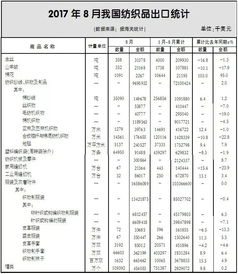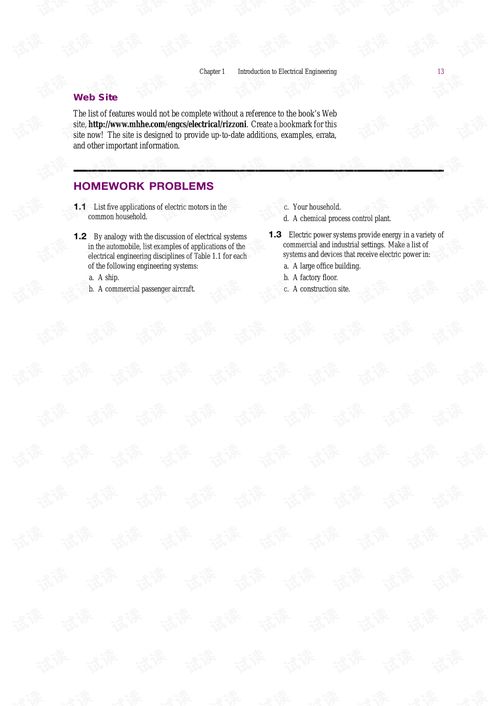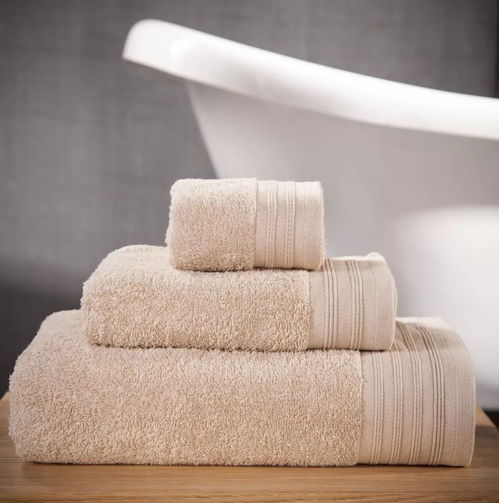The Essentials of Textile Performance Testing
"The Essentials of Textile Performance Testing" is a comprehensive guide to understanding the fundamentals of textile performance testing. This paper provides an overview of the different types of textile performance tests, including strength, tear resistance, and durability tests. It also discusses the importance of proper sample preparation and the use of appropriate testing equipment. Additionally, the paper highlights the significance of statistical analysis in interpreting test results and recommends using industry-standardized test methods for consistency and accuracy. Overall, this article serves as a valuable resource for anyone working in the field of textile testing."
Introduction: Textiles, the fabric of our lives, play a crucial role in our daily routines. From clothing to furnishings, textiles are used in numerous aspects of our existence. However, their quality and performance can vary significantly depending on the manufacturing process and materials used. That's where textile performance testing comes into play. In this guide, we will explore the essentials of textile performance testing, including the various tests that are conducted, their significance, and how they contribute to ensuring high-quality textile products.
Testing Overview: Textile performance testing is a comprehensive approach that evaluates the properties of textile materials under specific conditions. These tests aim to identify any defects or flaws in the fabric, ensuring it meets certain standards for durability, comfort, and functionality. Here's a breakdown of some of the key tests commonly performed:
-
Tensile Testing: This test measures the breaking strength of the fabric by stretching it until it breaks. It helps determine the material's resilience and resistance to wear and tear.
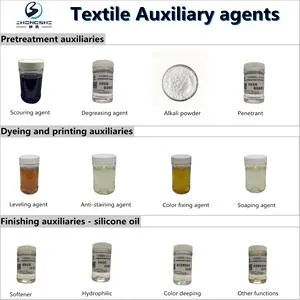
-
Elongation Testing: This test measures the extent to which the fabric stretches when subjected to tension. It's essential for assessing the elasticity and flexibility of textiles.
-
Tear Testing: This test simulates abrasion by pulling apart the fabric. It evaluates the fabric's ability to withstand repeated stress without breaking down.
-
Shrinkage Testing: This test checks the fabric's ability to shrink after washing and drying. It's important for textiles used in outdoor environments as it affects their longevity.
-
Flammability Testing: This test measures the fabric's resistance to catching fire. It's crucial for textiles that come into contact with flammable materials or have exposed flames.
-
Water Absorption Testing: This test assesses the fabric's ability to absorb water. It's essential for textiles used in wet environments like swimwear and beach towels.
-
Dyeability Testing: This test evaluates the fabric's ability to accept dyes and maintain color even after washing. It's vital for garments that need to be washed frequently.
-
Stretch Recovery Testing: This test measures the fabric's ability to return to its original shape after being stretched. It's critical for textiles used in sportswear and other athletic equipment.
-
Compression Testing: This test measures the fabric's ability to withstand pressure. It's essential for textiles used in protective clothing like helmet liners.
-
Heat Stability Testing: This test evaluates the fabric's resistance to heat damage. It's vital for textiles used in outdoor settings like tents and parachutes.
Case Study: Consider the case of a popular brand that produces high-quality casual wear. They conduct regular performance testing on their cotton t-shirts to ensure they meet the required standards for comfort, durability, and washability. One year, they noticed an increase in complaints about the t-shirts becoming too tight after washing. Upon investigation, they discovered that the fabric had poor elongation properties, leading to increased wear and tear. To address this issue, they implemented a new production process that improved the fabric's elasticity and reduced the risk of shrinkage. As a result, customer satisfaction increased, and the brand received positive feedback from customers who appreciated the improved performance of their clothes.
Conclusion: Textile performance testing is an essential aspect of ensuring the quality and longevity of textile products. By understanding the different tests and their significance, manufacturers can identify areas where improvements are needed. By conducting regular testing, companies can stay ahead of industry trends and meet the evolving needs of their customers. In conclusion, textile performance testing is not just a compliance requirement; it's a crucial step in creating products that exceed expectations and deliver exceptional value to consumers.
在纺织品生产与贸易过程中,性能检测项目至关重要,本文将围绕纺织品性能检测项目展开讨论,通过英文案例说明来详细阐述其重要性及具体检测项目。
纺织品性能检测项目概述
纺织品性能检测项目主要包括以下几个方面:
- 强度测试:用于评估纤维的耐磨性、抗拉强度等。
- 弹性测试:用于测量纤维的回弹性、抗皱性等。
- 吸湿性测试:用于检测纤维对湿度的吸收能力。
- 耐热性测试:用于评估纺织品在高温环境下的性能。
- 环保性能测试:关注纺织品对环境的影响,如环保标志认证等。
案例说明
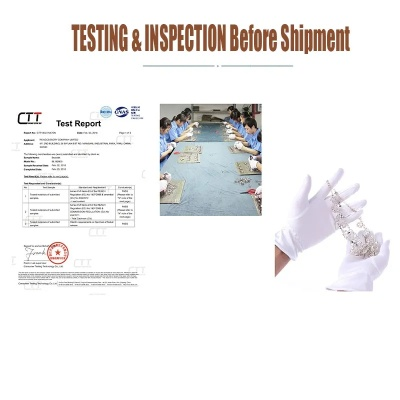
以纺织品为例,展示具体的性能检测项目及其应用场景。
某品牌棉质衬衫的性能检测
- 强度测试:通过拉伸试验,评估棉质衬衫的耐磨性。
- 弹性测试:通过弯曲试验,测量棉质衬衫的回弹性和抗皱性。
- 环保性能测试:关注纺织品对环境的影响,符合环保标志认证要求。
丝绸面料的质量检测
- 吸湿性测试:通过水分吸收试验,检测丝绸面料的吸湿性。
- 耐热性测试:在高温环境下,评估丝绸面料的耐热性能。
- 纺织工艺与品质评估:通过显微镜观察纤维结构,评估纺织工艺与品质。
具体检测项目详解
强度测试项目详解
(1)拉伸试验:通过拉伸试验机,测量纤维在拉伸过程中的断裂强度和延伸率。 (2)耐磨性测试:通过摩擦试验机,模拟实际使用场景下的磨损情况,评估纤维的耐磨性。
弹性测试项目详解
(1)回弹性能测试:通过弹性测试仪,测量纤维在受到外力后能够恢复原状的能力。 (2)抗皱性测试:通过皱折试验机,模拟不同湿度和温度条件下的皱折情况,评估纤维的抗皱性。
吸湿性测试项目详解
(1)水分吸收速率试验:通过水分吸收试验仪,测量纺织品在一定时间内的水分吸收速率。 (2)吸湿性评价标准:根据国家标准或行业标准,制定吸湿性的评价标准。
耐热性测试项目详解
(1)高温稳定性试验:通过热稳定性试验机,模拟高温环境下的稳定性情况,评估纺织品在高温环境下的性能。 (2)耐热性能评价标准:根据国家标准或行业标准,制定耐热性能的评价标准。
结论与建议
纺织品性能检测项目对于保障纺织品质量、提高纺织品市场竞争力具有重要意义,在实际检测过程中,应严格按照相关标准和规范进行操作,确保检测结果的准确性和可靠性,应注重提高检测人员的专业素质和技能水平,加强检测过程的监督和管理,确保纺织品性能检测项目的顺利进行。
Articles related to the knowledge points of this article:
Exploring the Rich Traditions of Nantong Yayu Fang Textiles
The Impact of Textile Import Tariffs on Global Trade and the Fashion Industry
